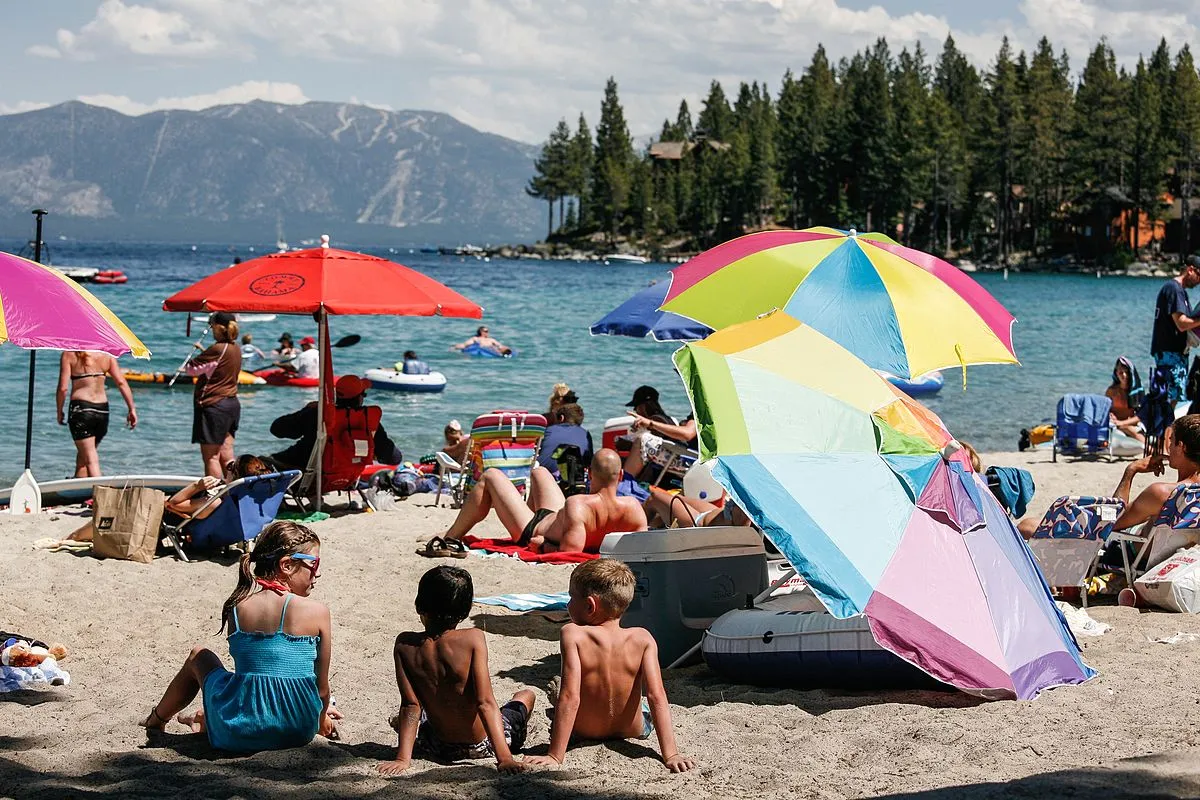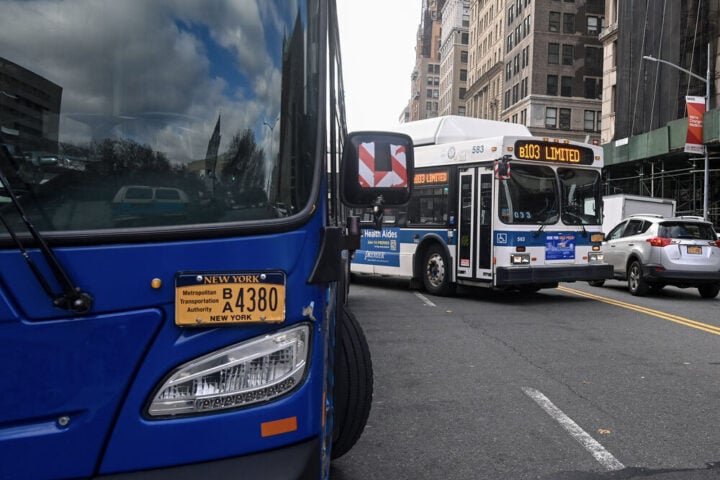Lake Tahoe, the much-loved Alpine Lake, has unexpectedly landed on Fodor’s Travel’s 2023 ‘No List’. This listing is due to the adverse environmental impact from excessive tourism. The discussions about overcrowding have intensified, as the influx of new full-time residents and tourists continues unabated. In a novel approach, groups previously resistant to change are now mulling over imposing taxes or fees on motorists.
Despite a surge in hotel occupancy during peak ski season, concerns about Tahoe’s ecosystem and local lifestyle remain. The increasing housing costs, recurrent traffic jams, and supermarket overcrowding are prompting some longtime residents to relocate. Tourism management strategies aim to divert visitors to midweek and off-season visits and promote lesser-known Tahoe Basin attractions. Yet, there are doubts about the feasibility of directing tourists away from popular areas, given their apparent reluctance to abandon their cars.
To strike a balance between sustaining a local economy heavily reliant on the $5 billion tourism industry and mitigating environmental and community impacts, locals are advocating for exploring lesser-known parts of the lake and off-peak visit planning. For context, Lake Tahoe receives approximately 15 million visitors annually, three times as many as Yosemite National Park, despite being only a third of its size.
Similar Post
Carol Chaplin, CEO of the Lake Tahoe Visitor’s Authority, highlights the need for a shift from tourism marketing to management. The recently introduced Lake Tahoe Destination Stewardship Plan focuses on preserving the area’s waters and shoreline. Its primary strategy involves reducing traffic congestion to address parking issues, air pollution, and lake sedimentation. The plan includes adopting measures like reservations, timed-entry permits, and capacity limits, though it lacks enforcement mechanisms.
However, implementing these measures is challenging due to the number of jurisdictions involved, including two states, five counties, individual towns, regulators, the Coast Guard, and the U.S. Forest Service. Alexis Hill, Chairwoman of the Washoe County Commission, supports user or roadway pricing to limit vehicle numbers and encourage public transit use.
The consideration of a user fee for motorists is on the table, requiring locals and visitors to buy an annual sticker to drive within the basin. But the pushback against the travel guide’s suggestion that Lake Tahoe needs time to recover highlights the hurdles in managing tourism. Officials maintain that the current situation demands innovative solutions to safeguard both the local economy and natural environment.
Despite some skepticism, officials remain hopeful that the stewardship plan can effectively address over-tourism. It aims to regulate tourist numbers to ensure the long-term sustainability of Lake Tahoe’s environmental and cultural heritage. As the debate continues over the future of Lake Tahoe’s tourism, one goal remains steadfast: to preserve the lake’s beauty and vitality, while fostering responsible and sustainable tourism.

















